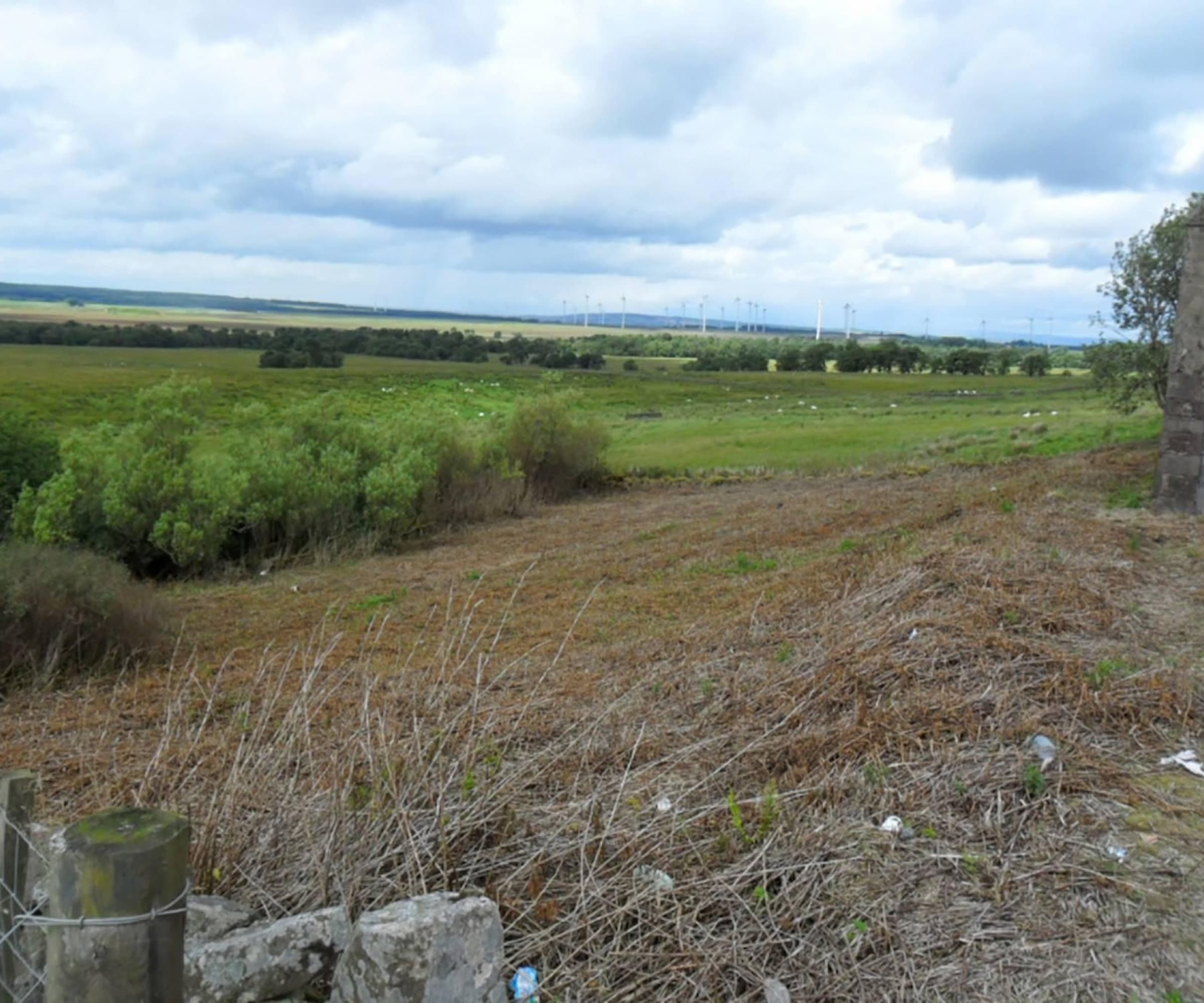Do you need to pay stamp duty on a building plot? We asked the experts
Find out whether SDLT is payable when you’re buying land for a self-build project

If you’re buying land in order to construct your own home, you might be asking if you need to pay stamp duty on a building plot. The idea of making savings at this stage of a self-build project is, after all, an appealing one.
When you’re buying a house stamp duty land tax (SDLT) may be payable and it can add up to a substantial sum to find on top of the cost of the house itself and the other expenses that come with a house purchase.
Buying land to build a home instead? We’ve asked the experts what you might have to pay in tax and this is what they told us.
Do you have to pay stamp duty when purchasing a building plot?

Subscribe to Plotfinder.net to access over 15,000 building plots and properties that could become your next project
Whether stamp duty is payable on a building plot depends on a number of factors.
“The short answer is that stamp duty land tax (SDLT) may be payable on the acquisition of a building plot (land),” says Ben Taylor, senior associate and tax specialist at Roythornes Solicitors.
“However, it depends on the value of the plot, and the rates that apply, particularly whether the land is residential or non-residential by nature.”

Ben Taylor is a key member of Roythornes’ real estate tax and private and corporate tax teams. Specialising in lifetime estate and business succession planning, he provides expert guidance on capital taxes (IHT and CGT) and transactional tax matters, including SDLT and VAT.
What is non-residential land?
Since, when it comes to stamp duty, it matters whether land is non-residential or residential, it’s important to know what counts as non-residential.
“Bare land is classified as non-residential land,” explains Steph Brayshay, solicitor at SAS Daniels Solicitors.
And Ben Taylor explains, “The sale of bare land, without any work started and unconnected to a residential property, is more likely to be taxed on the non-residential rates.”
And if you have planning permission to build a home there? “Obtaining planning permission, without work to construct a dwelling having started, should not make such land residential,” he says.

Steph Brayshay is a solicitor in SAS Daniels’ residential property team. With 20 years of experience, Steph can deal with all manner of transactions. She specialises in property sale and purchase and also the sale and purchase of land, including contracts, conveyances, leases and charges.
What happens when a building plot is part of a garden?
Whether the land you’re buying is part of a garden matters when it comes to stamp duty.
“If the building plot forms part of the garden of a residential property, then SDLT can be charged at the residential rates,” explains Ben Taylor. “This is because the definition of residential property includes the ‘garden or grounds’ of a residential property, even if sold separately.
“HMRC’s view is that if the garden or grounds are sold off, the purchase will be treated as residential, even if the land is, say, fenced off.
“However, an onward sale of the plot, where the seller does not own the dwelling, may be approached differently,” he says.

What are the stamp duty rates for building plots?
The details below apply to SDLT in England and Northern Ireland; for Scotland land and buildings transaction tax (LBTT) applies, and in Wales land transaction tax (LTT) applies.
If you’re buying a building plot that is classed as non-residential, if you pay less than the starting threshold, there is no SDLT to pay, says Steph Brayshay.
“For non-residential land and properties, the threshold starts at £150,000,” she explains. “The rates will remain the same following the forthcoming changes to SDLT rates on 1 April 2025.”
When the land is classed as residential property, there are different rates. “From 1 April 2025 SDLT starts to apply when you buy residential property that costs £125,000 and £300,000 for first-time buyers when buying a residential property worth £500,000 or less,” says Steph.
Are there tax advantages to buying a building plot rather than a house?
“It is difficult to say, as they are very different purchases,” says Ben Taylor.
“A house that meets the definition of ‘residential’ will be taxed for SDLT based on the residential rates, and will likely attract higher tax than say, non-residential, undeveloped land. Such property may also attract the higher rates of SDLT if acquired as an additional dwelling, which means more tax.
“If the plot is part of a garden, without the house, whilst the residential rates apply, the higher rates may not. This should be confirmed before purchasing,” he says.
“Undeveloped, non-residential land will have the, likely, favourable non-residential SDLT rates apply, which means the higher rates will also not apply,” he adds.
Getting professional advice is essential if you’ve decided to buy a building plot so you can understand whether SDLT will be payable. That way, you can make sure your budget covers the land and any taxes from the start.

Get the Homebuilding & Renovating Newsletter
Bring your dream home to life with expert advice, how to guides and design inspiration. Sign up for our newsletter and get two free tickets to a Homebuilding & Renovating Show near you.
Sarah is a freelance journalist and editor writing for websites, national newspapers, and magazines. She’s spent most of her journalistic career specialising in homes.
She loves testing the latest home appliances and products, and investigating the benefits, costs and practicalities of home improvement. She is an experienced renovator and is currently remodelling the ground floor of her new home.
She was Executive Editor of Ideal Home and has worked for Your Home and Homes & Ideas. Her work has published by numerous titles, including The Guardian, channel4.com, Houzz, Grand Designs, Homes & Gardens, House Beautiful, Homes & Antiques, Real Homes, The English Home, Period Living, Beautiful Kitchens, Good Homes and Country Homes & Interiors.
